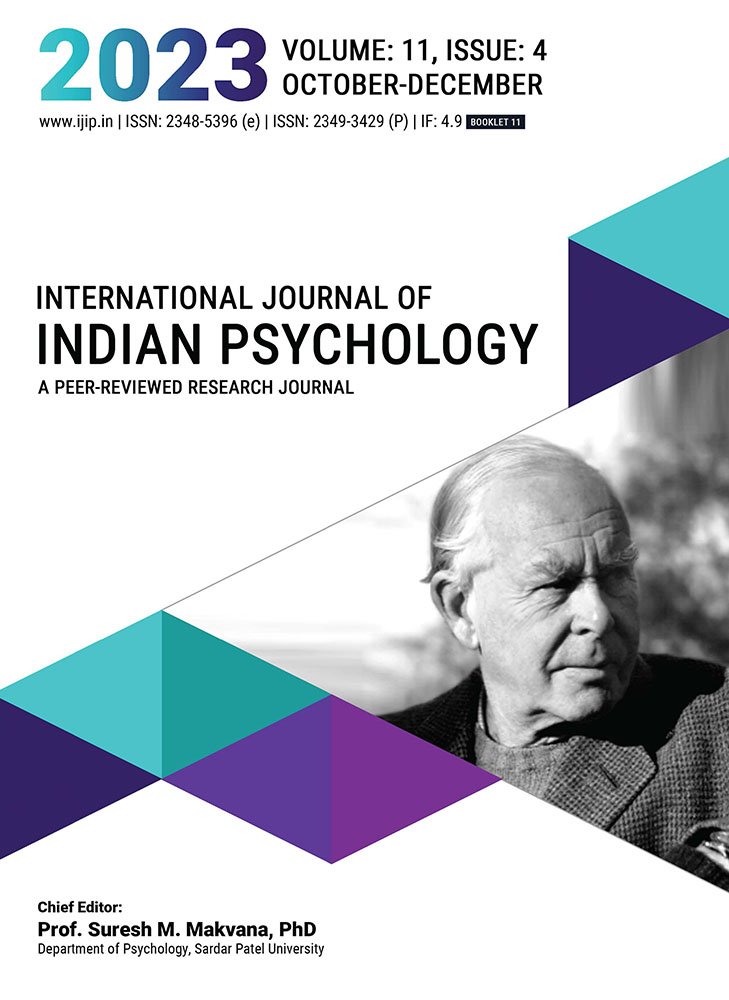The Study of Mind in Neurobehavioral Studies: A New Prospective
DOI:
https://doi.org/10.25215/1104.038Keywords:
Neurobehavioral, Neuroscience, Psychology, Neurology, neuropsychology, Brain, MindAbstract
Neurobehavioral studies are very important to infer any neurotoxicity in reference to neurotoxins. The studies are mainly related to the study of the central nervous system, i.e., study of the mind, because the mind is the living state of brain. The difference in mind and brain are not clearly defining, in any protocol, how to study the mind. It is a great time to prepare a protocol to study the outcome of brain completely with maximum area covering the brain live activities. The proposed studies, as part of neurobehavioral studies, the only difference is that all parameters as a protocol have not been reported in the literature. Therefore, a new definition of “mind” is coming into existence. The study of human behavior; is fully based on the study the outcome of the brain as both an academic and applied science discipline, Psychology is involving the scientific study of mental function/mental processes, such as perception, cognition, emotion, Psychology differs from the other social sciences, due to its focus on experimentation. Historically, psychology differed from biology and neuroscience in that it was primarily concerned with the mind rather than the brain. A new scientific initiative, the “Decade of the Mind”, seeks to advocate for the U.S. Government to invest $4 billion over the next ten years in the science of the mind. However, the mind research has many ramifications. There is a possibility that the mind is an entity of a dynamic system that integrates its processes.Metrics
No metrics found.
Published
2022-11-05
How to Cite
Dr. Pramod Kumar. (2022). The Study of Mind in Neurobehavioral Studies: A New Prospective. International Journal of Indian Psychȯlogy, 11(4). https://doi.org/10.25215/1104.038
Issue
Section
Articles


